"The only real things in life are the unexpected things. Everything else is an illusion", – Watkin Tudor James.
This quote should be on your mind when planning a hiking trip. While it's good to be optimistic that the trip will go as planned, that's not always the case. Unexpected weather changes, accidents, or wild animals can cross your path at the most unprecedented time.
This is why you need a hiking survival kit.
Unlike a first aid kit, which helps you deal with migraines, cuts, burns, or tweaks, a hikers' survival kit helps you deal with external factors that may derail your course.
But what items are part of this survival kit?
To answer this question, we've curated a list of 11 essential survival hiking items. With this, you'll have more confidence as you undertake your backpacking trips.
Table of Contents
- But before that, let's go through some of the obvious items you need to survive a hiking trip.
- What Should be in a Hiking Survival Kit?
- #1. Navigation Equipment
- #2. Bright Headlamp
- #3. Fire Starter or Magnifying Glass
- #4. High-Pitch Whistle
- #5. Extra Food
- #6. Water Filtration
- #7. Equipped First Aid Kit
- #8. Sun Protection
- #9. Power Backup
- #10. Knife and Multi-Tool
- #11. Thermal Blanket/ Rain Layer
- You're Now Ready for Your Next Hiking Trip
But before that, let's go through some of the obvious items you need to survive a hiking trip.
Before buying anything else, make sure you have a high-quality backpack for your trip.
How else do you expect to carry all the items mentioned below?
When buying a backpack, look for one that's proportionate to your torso. It should also be big enough to accommodate your hiking gear. Your bag should also be water-resistant and should have breathable padding on the straps and back for comfort.
Other than a bag, you also need to choose suitable clothing. Don't be the clown who shows up for a hiking trip with a cotton t-shirt, denim jacket, shorts, and sandals. Make sure you invest in high-quality, water-resistant hiking clothing and shoes. Your clothing choice could be the difference between survival and hypothermia.
Other obvious essential items to bring include food, water, and shelter.
Now that we've gone through the obvious stuff, let's get into the things people forget.
What Should be in a Hiking Survival Kit?
#1. Navigation Equipment
Picture this scenario: You are in the middle of the forest. It is getting late. There is no internet access, and you can't trace your way back to a familiar path.
This is not uncommon among hikers. However, with navigation tools and the proper knowledge to use them, getting lost shouldn't be a problem. Here's some of the equipment to pack before embarking on a hike.
a) Map
Your phone GPS will fail in remote areas where there is no connection.
This is where having a printed map comes in handy. Having a map allows you to locate landmarks, water sources, and commonly used paths quickly.
With a map, it also becomes easier to plan and plot your route.
But don't just have a map. Ensure you know how to read it and have taken the time to familiarize yourself with it.
And if possible, have two or three topo maps. I prefer having a small-scale overview map, a detailed large-scale map, and a digital map on my smartphone. With these different maps, it becomes easier to compare and navigate the terrain.
b) Compass
if you don't want a Wrong Turn experience, a compass is necessary. Although rarely used, it becomes relevant if you miss directions and need to retrace your steps.
Maps might also not make a lot of sense if you don't have a compass to show you the direction.
c) GPS Gadget
I am not old school or an anti-techie. (Don't let the first two items on the list fool you).
GPS is an essential hiking survival gadget to bring along with your map and compass. Using satellite triangulation, a GPS device is able to show your location on a digital map.
You should have a GPS device with long battery life, waterproof, lightweight, and compatible with other smart devices. A GPS device is ideal when you're trekking a place that has limited or similar physical features.
#2. Bright Headlamp
A phone flashlight is not equal to a headlamp. A headlamp is brighter and is easier to handle. Headlamps also have larger batteries; therefore, they can last for several days before requiring a recharge.
Before leaving home, ensure the headlamp is well charged.
For backup, you can have one or two extra batteries in case of an emergency or failure.
Apart from lighting, a headlamp is an ideal signaling tool when requesting help. You should use the strobe mode to reduce energy consumption.

#3. Fire Starter or Magnifying Glass
Fire is essential in hiking. You use it for cooking, light, sending signals, getting warmth, or scaring away wild animals. This is why you need a fire starter if you want to have an easy time in the wilderness.
You can use a magnifying glass or a fire fuel lighter. Apart from that, you can carry waterproof matches. The ordinary matchbooks are flimsy, therefore, not a good option.
#4. High-Pitch Whistle
How do you call out for help in case of an emergency? Probably yelling, right? However, yelling isn't an effective method of calling for help.
The best way to call for help is by having a high-pitch whistle.
Unlike yelling, you will only use little energy to draw attention with a whistle. You can use it to communicate with other hikers in your team. In case you are lost, blow the whistle consistently to draw attention for assistance.
#5. Extra Food
You should pack enough hiking food to last you a day more than your planned hiking duration. This helps you to cater for any unexpected eventualities which might delay or prolong your hike.
When packing food, aim to bring at least 3000 calories per day. Aim for foods that are high in carbs and have a long shelf life.
You also don't want to keep lighting fires in the forest or mountains to prepare your food. Therefore, precooked or packaged foods like nuts are the best hiking meals for survival.
#6. Water Filtration
Having enough water throughout the hiking period is necessary because your body loses a lot of fluids as you walk.
However, if you plan to hike for several days, it might be impossible to carry all the water you'll need for your trip. This is where having a water purification method is essential.
And don't just carry one purification. Get two. Preferably a water filter and iodine tablets for water purification—if one fails, the other steps in.
Also, make sure you know the nearest water sources on your hiking route.
#7. Equipped First Aid Kit
Prepackaged hiking first aid kits are good, but not enough. You should customize your kit to fit your needs.
As you pack the hiking survival first aid items, have your health in mind. Are you prone to allergic reactions from dust, cold or extreme heat? These factors will inform what you need to pack. What are some of the must-haves in your first aid kit? Here's a short list:
- Medication for diarrhea, allergies, headaches, and insect bites
- Bandage in different sizes
- Disinfectant
- Adhesive tape
- Disposable gloves
- Cotton wool
- Different plaster types
- Safety pins
- Tweezers
- Sterile eye dressing
Apart from carrying the items, you should know how to use them.
#8. Sun Protection
Constant exposure to snow, excessive heat, dust, or unfamiliar weather conditions can take a toll on your skin. You should have sunscreen ointment to prevent skin sensitivity, peeling off or sensitivity due to sunburns.
If you plan to hike in the snow, make sure to prepare adequately for snow blindness. Make sure you bring a pair of sunglasses or hiking glasses to help protect your eyes.
#9. Power Backup
It is not easy to forget your phone because it is among the priorities when backpacking. But picture this. You are in the middle of the forest. The weather does not seem promising, and most of your gadgets are blinking red.
It can be distressing, to say the least.
Technology has advanced. Most of the electronic hiking accessories are USB-compatible. Therefore, a power backup will help recharge your phone, GPS accessories, headlamp, to name but a few.
With the increase in speed comes power-hungry gadgets. Have a power backup that can do several rounds of charges if it is not solar-rechargeable.
#10. Knife and Multi-Tool
Having a knife or multi-tool is essential for your survival when hiking.
How else are you going to split firewood, scale fish, or skin your dinner? A multi-tool off course.
What about self-defense?
You never know the encounters you will get in the wilderness. You can use a survival knife to scare away or defend yourself from attacks by wild animals.
A knife also comes in handy if you want to cut cords, ropes, or bandages if you don't have scissors.
Do you need to make hiking gear repairs? Having a multi-tool will come in handy.

#11. Thermal Blanket/ Rain Layer
Whether you're camping during the winter or summer, it's good to be ready. Sudden weather changes aren't an uncommon occurrence.
One way to prepare for sudden weather is by having either a thermal blanket or a rain layer. These two take up literary no space and come in handy when it's cold, and you need to retain body heat.
You're Now Ready for Your Next Hiking Trip
There you go.
Eleven items you should have in your hiking survival kit. With these items, you'll have a better chance of surviving in the wild in case the worst happens.
If you know of any additional items, we can add to our survival kit, please share them in the comment section.
If you'd like to purchase some of the gear mentioned in this piece, check out our online store here. At Northbound gear, we stock the high-quality waterproof gear meant to make your hiking experience delightful.
Upwards and Onwards with Northbound.
Read more
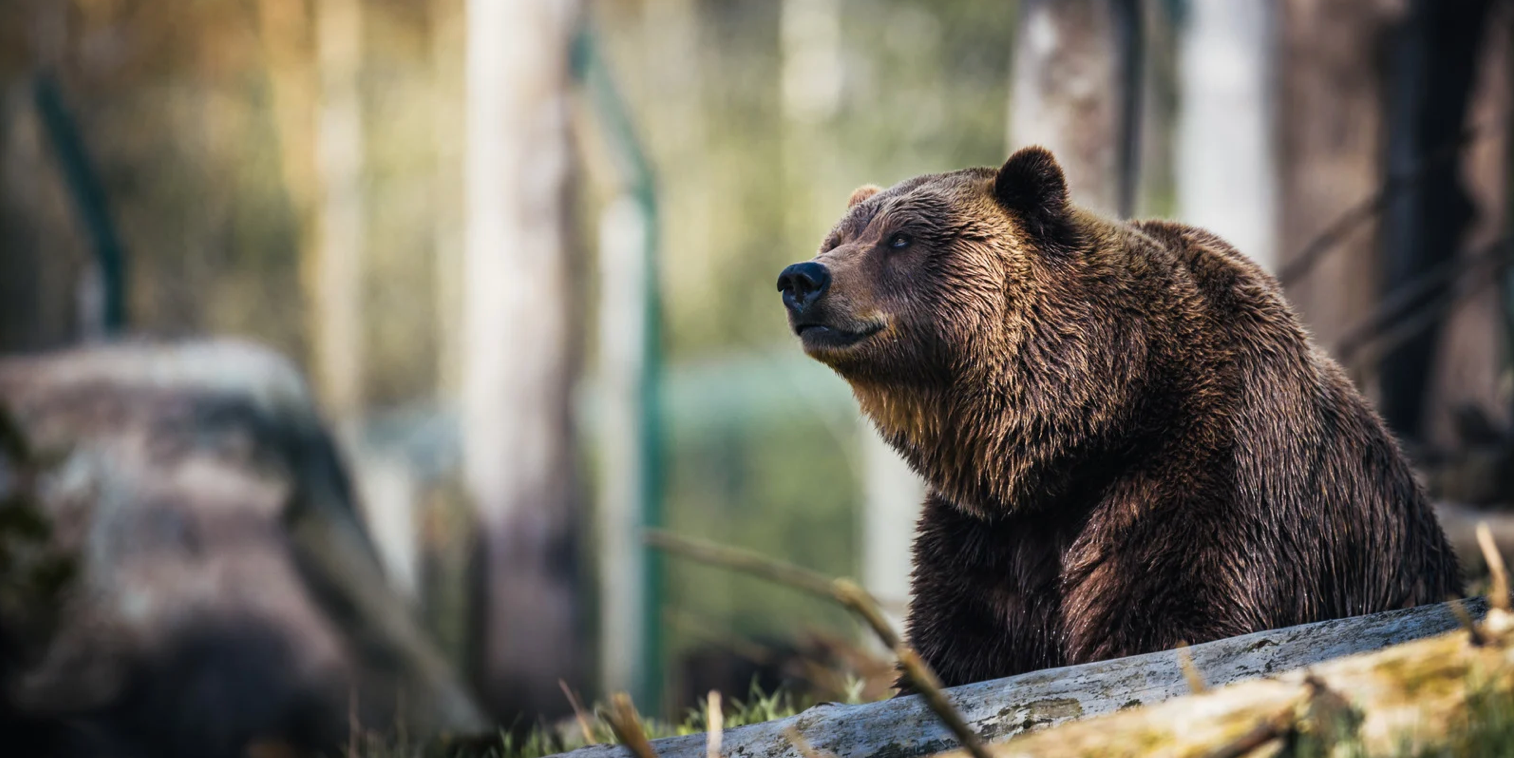
You’ve probably heard stories of backpacking trips that were disastrous. Stories of hikers getting hurt or lost while backpacking. You’ve also heard tonnes of stories on backpacking trips that were...
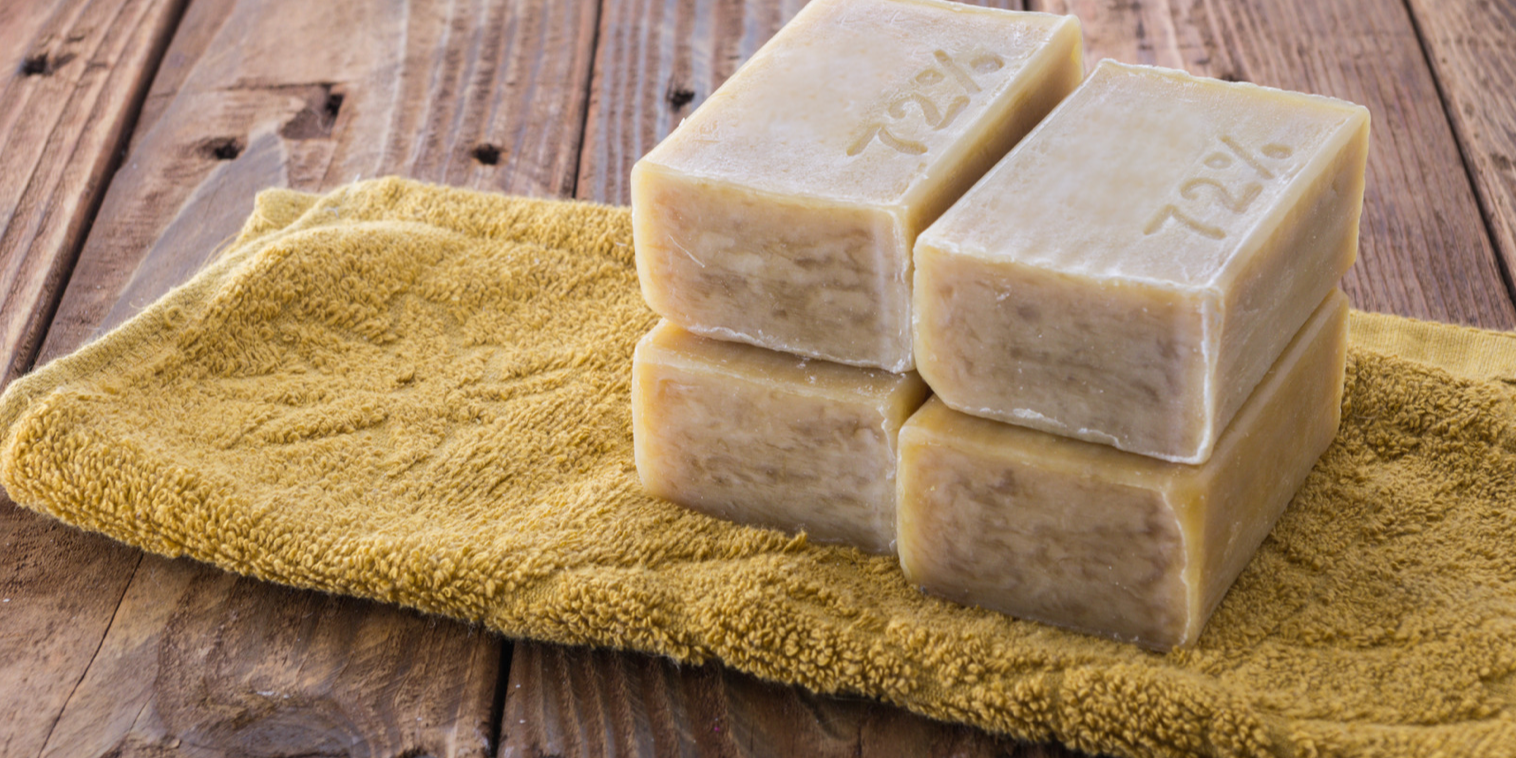
It’s a well-known fact that the fashion industry is among the top global contributors to climate change. As an environmentalist, you’re looking for ways to reduce the impact your clothing has on t...
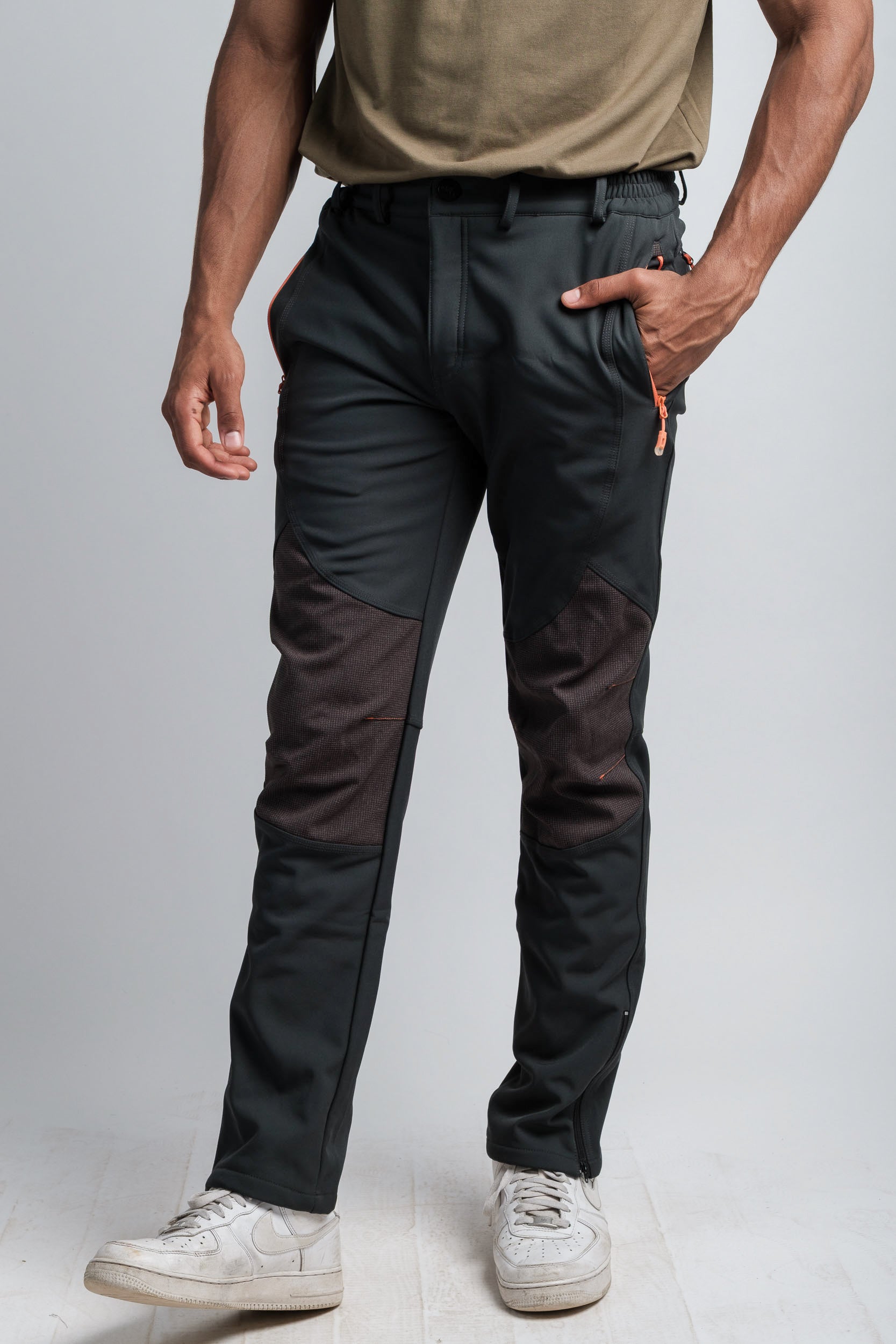
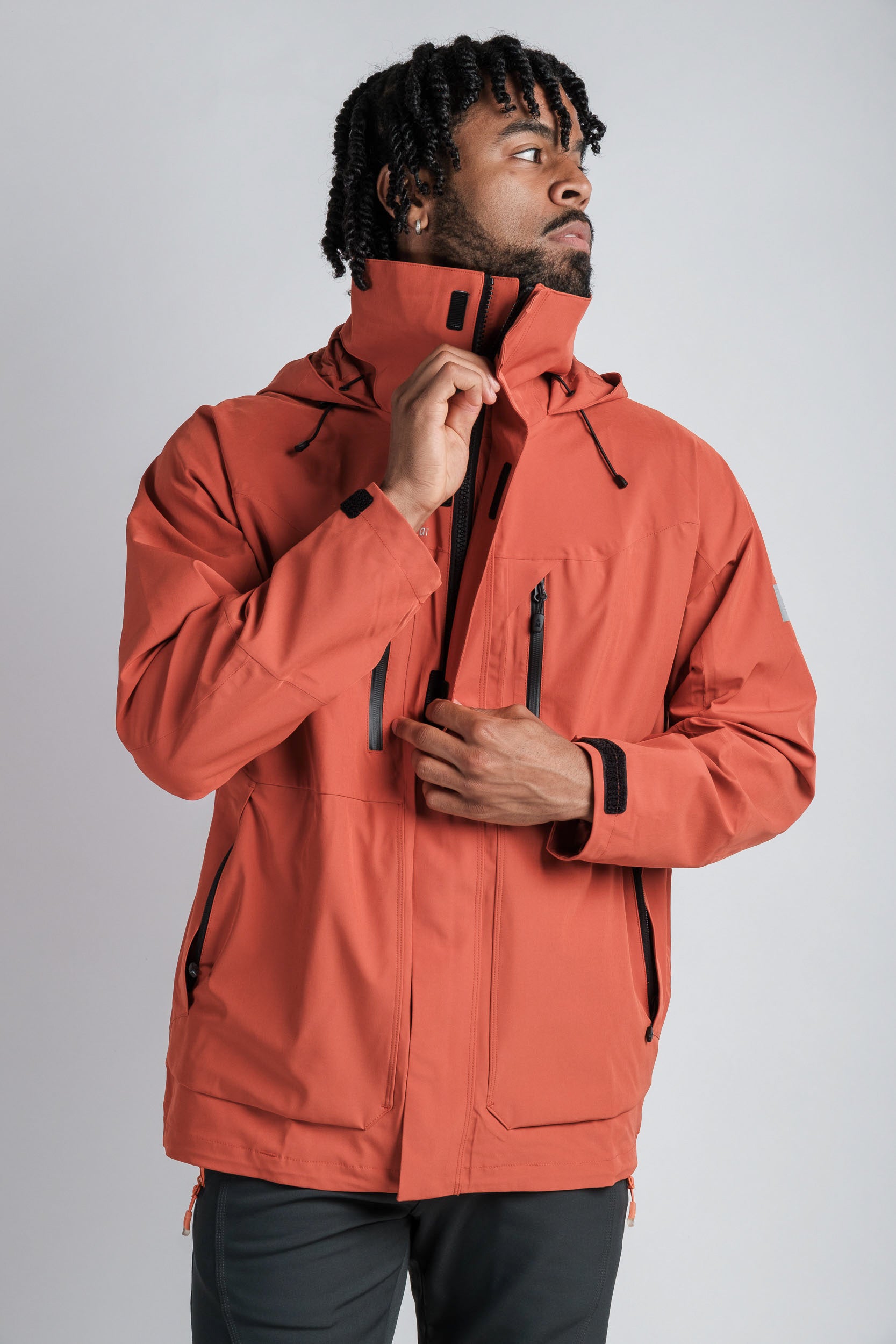
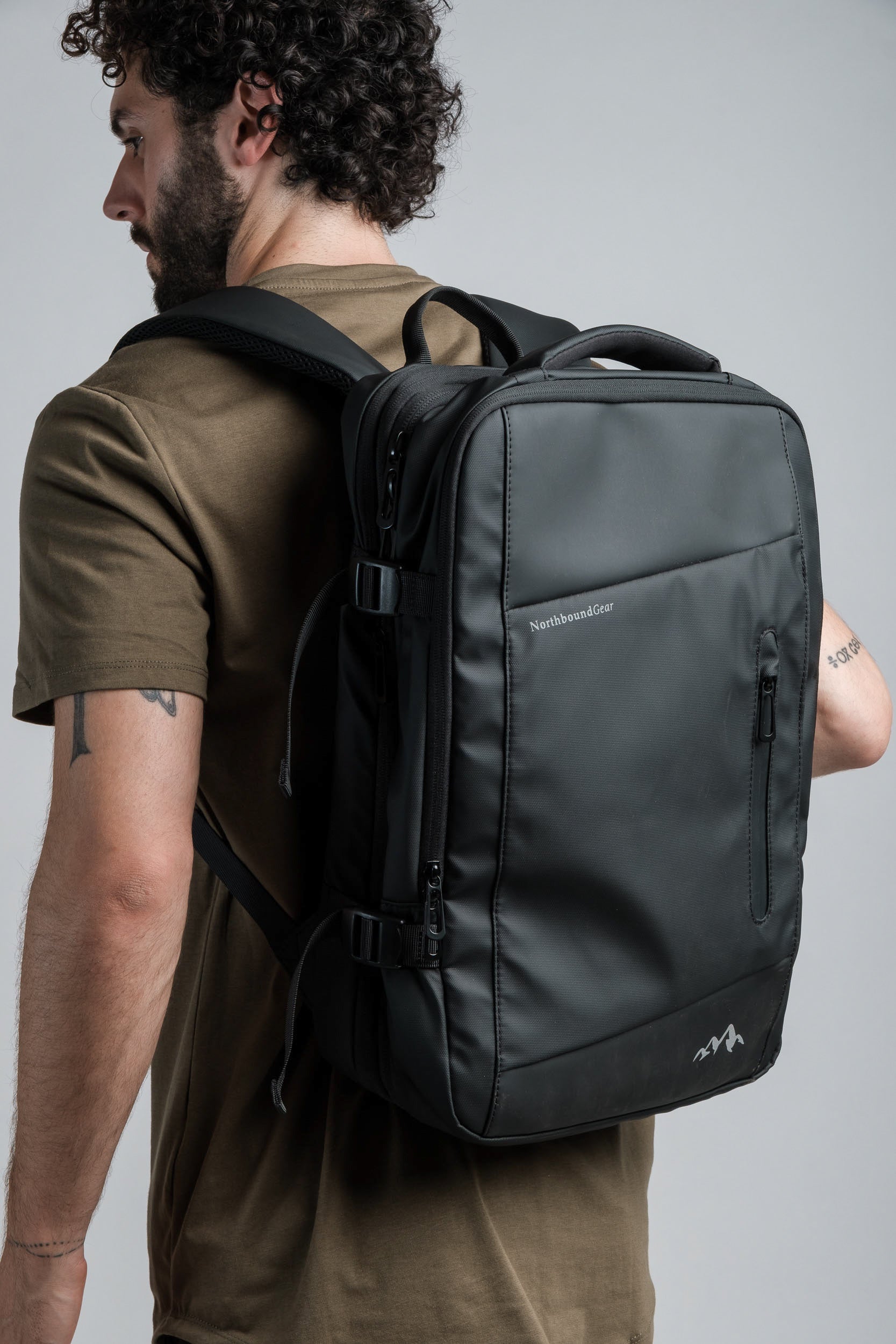
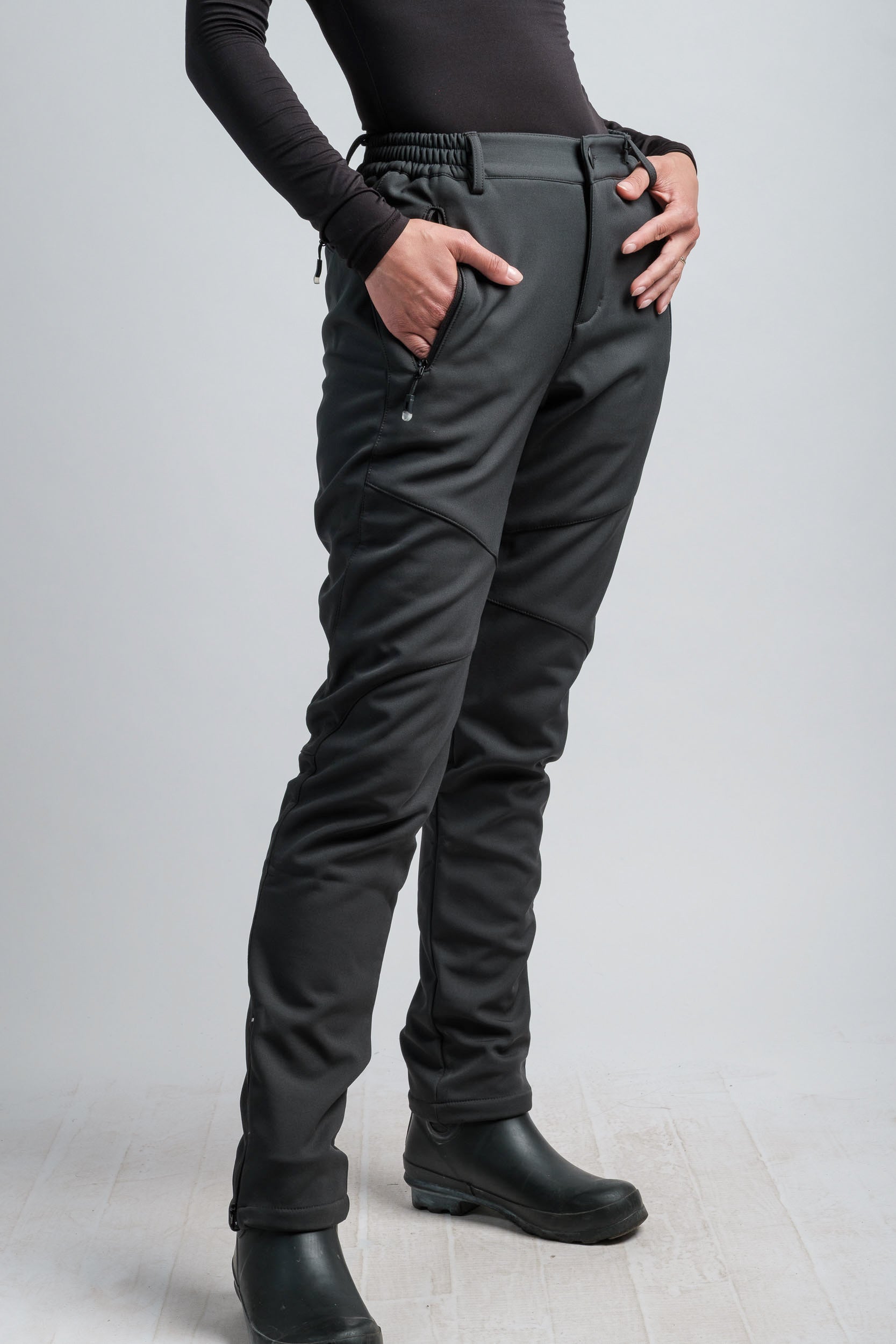
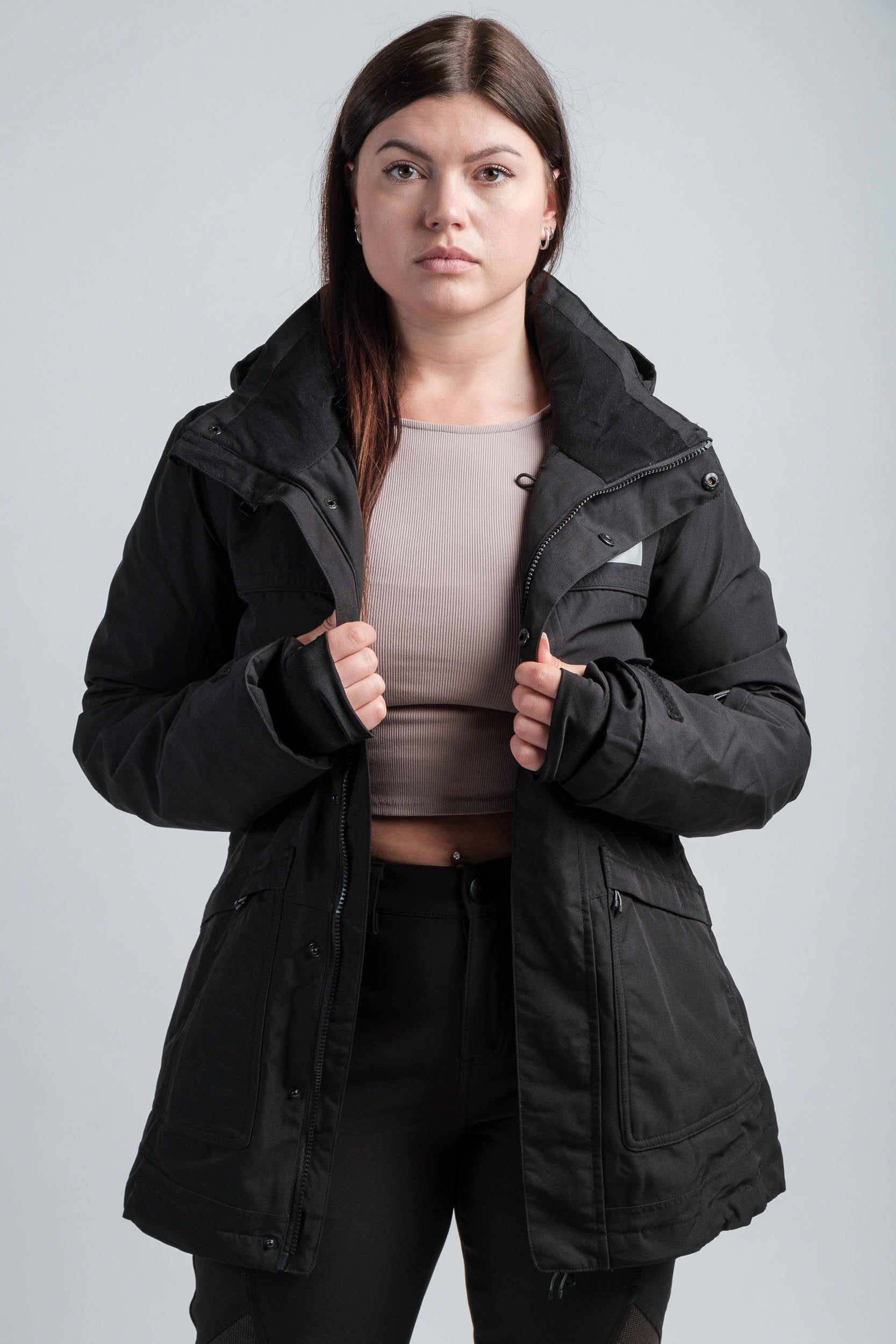
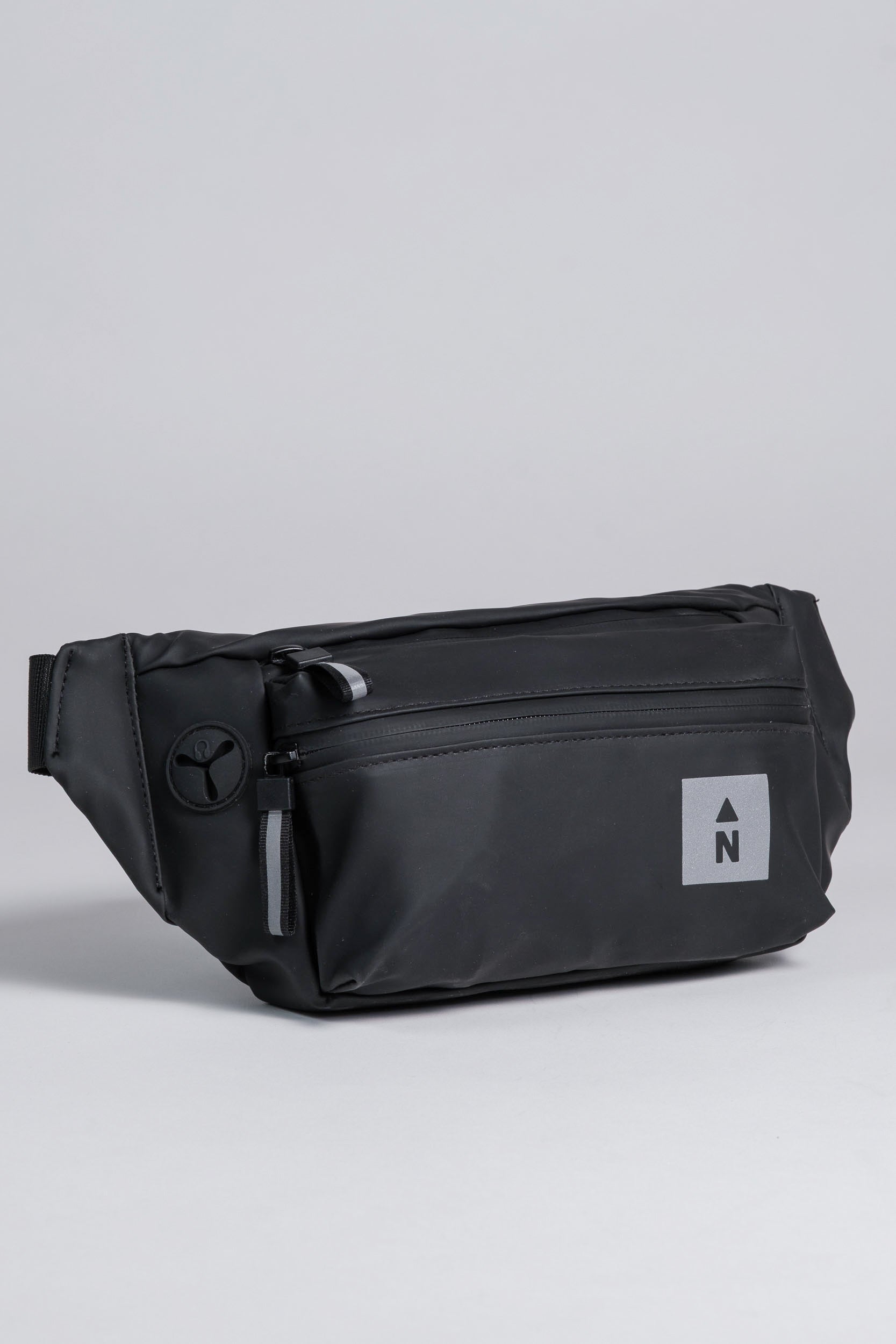
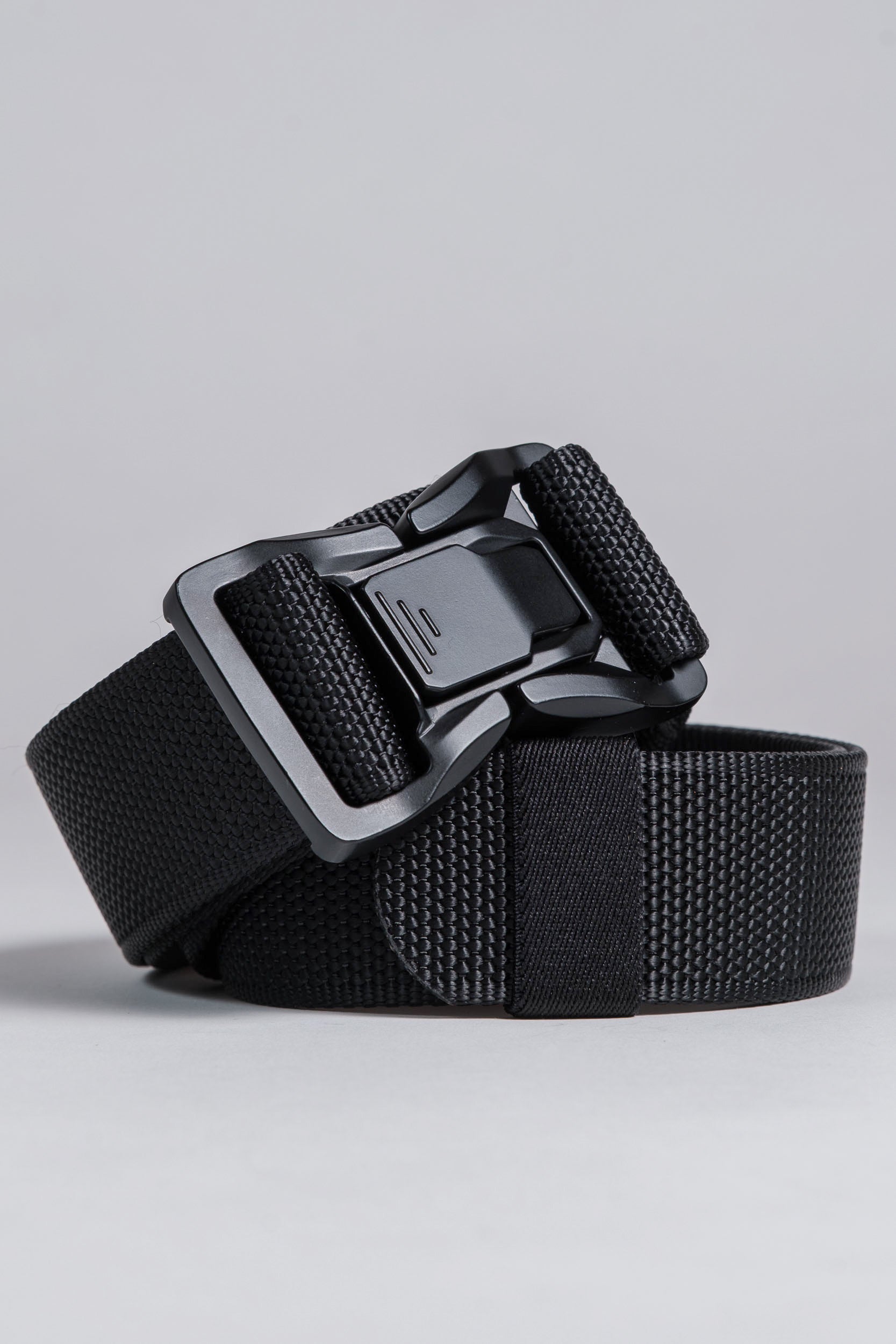
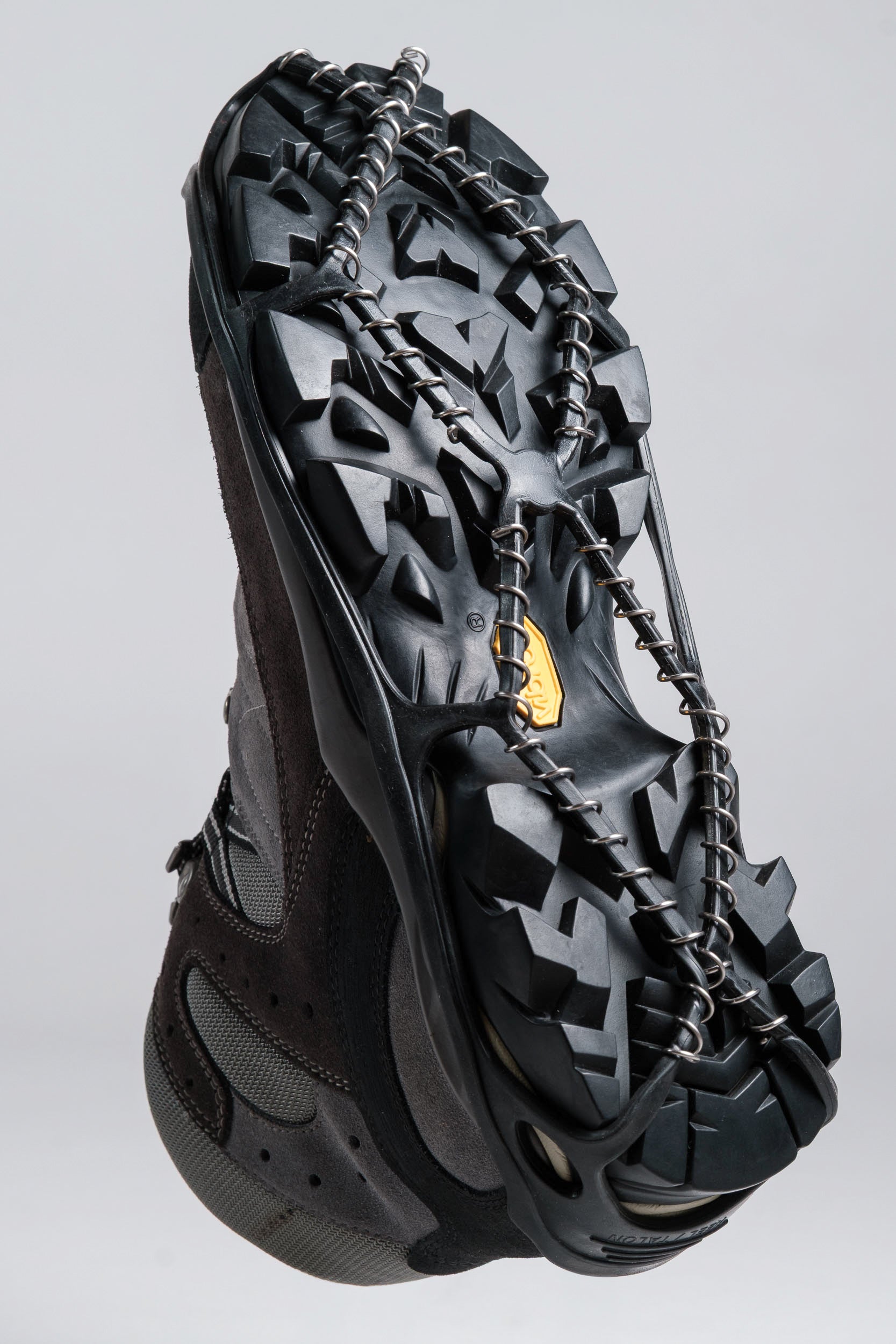
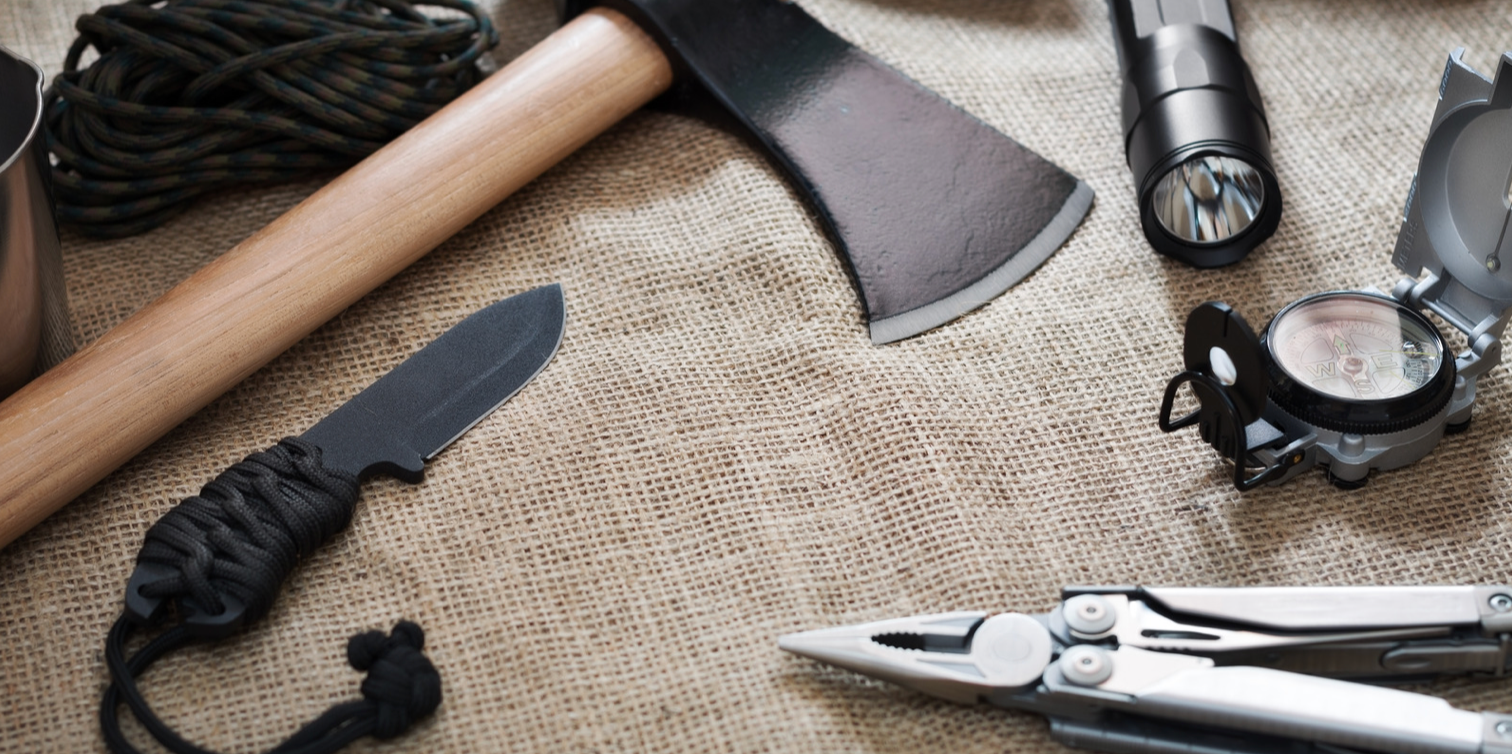
Leave a comment
All comments are moderated before being published.
This site is protected by hCaptcha and the hCaptcha Privacy Policy and Terms of Service apply.